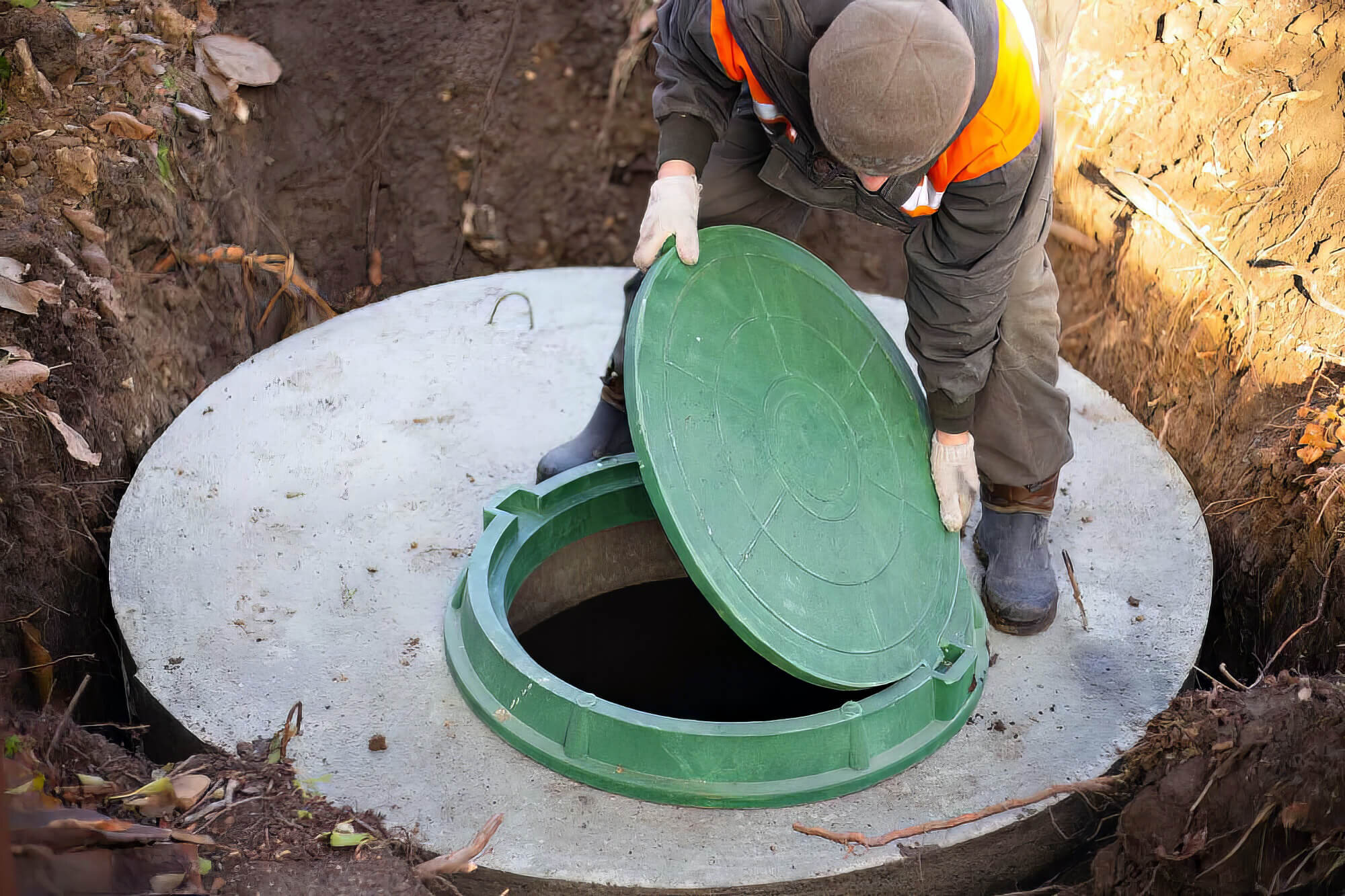Pest Control is the process of managing a pest population to cause as little harm as possible to humans and the environment. Treatment options include prevention, suppression and eradication.
Prevention includes avoiding conditions that support pest populations and removing food and water sources from the home. Physical controls include traps, barriers and fences. Visit Our Website Now to know more.
Pest identification is an important step in any pest management program. Accurate identification of pests allows you to learn more about them, including their life cycle and behavior. This information can help you develop better, more targeted control strategies. In addition, accurate pest identification can contribute to increased levels of safety during pesticide applications.
A pest is any organism that damages plants or animals or adversely affects human well-being. Generally, organisms become pests when they escape normal controls (often through human activities) and reach populations that cause damage or reduce production. Insects are the most common pests, but other species can also be problematic. These include weeds, disease organisms, nematodes, parasites and other harmful microorganisms.
Plants are the primary focus of pest control, but many pests occur in animal habitats as well. In the case of vertebrates, rabbits, elk, deer and many kinds of rodents can be considered pests when they damage crops or pastures. Even pets, such as dogs and cats, may sometimes be considered pests when they damage property or interfere with their owner’s enjoyment of the environment.
Pests can be difficult to identify, especially in large numbers. In general, it is best to look for specific characteristics that distinguish one insect from another, such as color, shape and number of legs, wings or antennae. It is also helpful to consider the environmental conditions where the pest was found, as these factors can influence a pest’s life cycle and development.
Often, pests are easier to recognize in their immature stages when they are smaller and more recognizable. Aside from identifying physical characteristics, it is also useful to note any other signs of pest activity, such as feeding or egg laying. This can make the difference between a problem and an annoyance.
Proper pest identification is an essential part of integrated pest management, an approach to controlling pests that relies on monitoring the population and responding quickly to changes in a pest’s abundance or condition. Incorrect pest identification can lead to improper use of chemicals, as well as unintended side effects on beneficial organisms and other parts of the ecosystem.
Prevention
Pests can cause damage to property and health risks. Pests come in all shapes and sizes, from ants and cockroaches to rodents and hornets. They are all on a constant search for food, water and shelter. They can gnaw through wires creating fire hazards, spread diseases such as hantavirus and leptospirosis, and create uncomfortable conditions for people in buildings or homes. Prevention is all about stopping pests before they become a problem. Prevention is easier and more cost effective than treatment once an infestation has occurred.
Threshold based decision making is the key to prevention. Inspecting and monitoring is the first step. Noticing a few wasps at the house now and then probably doesn’t warrant action, but seeing them every day or in increasing numbers should signal it is time to find and destroy their nest. The next step is to determine which physical, biological or chemical control methods are best. Consider the environmental impact, including the effect on beneficial insects and weeds, as well as human health and safety. Choose a method that will not only effectively manage the target pest, but also will not disrupt the ecosystem.
Sealing entry points, removing clutter and other potential hiding places, cleaning and storing food properly, proper waste disposal, reducing moisture and eliminating places for pests to live can prevent many infestations. Regular inspections and pest treatments by a professional can help identify the potential for an infestation and stop it before it starts.
Educating employees and customers about pests, their habits, ideal habitats and how to keep establishments free of them can also be helpful. It is important to have the correct pest repellants available for staff to use. There are a variety of products on the market that work well and have very low risk, such as spices or natural odors. These are usually safer to use than liquid insecticides and can be applied to small areas, rather than being sprayed on the entire building. It is important to read and follow all pesticide labels and warnings. In some cases, it may be necessary to treat the entire premises, but this should be done with caution and only when other non-chemical controls are not working.
Suppression
Some pests can cause damage to property and health problems for humans. Rodents, for example, chew away at materials and can carry diseases such as salmonellosis. Insects, such as cockroaches, can spread diseases and cause itchy bites. Pest control is necessary to limit their numbers and prevent or mitigate the impact they have on people, plants, pets and other animals.
Natural forces, such as climate and topography, restrict the growth of some pest populations. The availability of roosting and food sources, shelter, water and overwintering sites influence others. Natural enemies, including birds, reptiles, amphibians, and fish, injure or consume some pest species. Microorganisms, such as the bacterium Bacillus thuringiensis (Bt), also suppress some pest insects when they infect them with Bt toxin.
Chemical pesticides kill or deter many pest species, but some of these chemicals can also affect beneficial organisms and the environment. The effects of pesticides on natural enemies can be reduced by the careful timing and placement of applications to minimize contact between them and the toxic substance. Spot applications in areas of high pest density or treatment of alternating strips within a field can allow for the protection of natural enemies while controlling the pests.
Other pest control techniques use physical or mechanical barriers to exclude or capture pests. Traps and other devices are often nontoxic and effective for small-scale pest management. Physical controls can be particularly useful when the pests are primarily outdoor in nature, such as rodents and mosquitoes.
Some pests are continuous, such as cockroaches and bedbugs, and require continual monitoring and control. Other pests are sporadic, such as mosquitoes and screwworms, and only need to be controlled under certain conditions, such as when they are migrating or invading crops.
A successful pest control programme requires taking into account the kind and amount of control required, whether it is for a continuous pest or a sporadic one, and how that relates to local environmental factors and social acceptability. Supplementary pest control measures such as the release of sterile insects to disrupt breeding can be used in conjunction with other controls, and should always be preceded by inspection and monitoring programmes.
Eradication
Invasion prevention is a primary goal of pest control and eradication is the ultimate objective – to remove an organism from an area. Eradication campaigns are often a lengthy affair, and success is uncertain. Managing authorities strive to reduce the time between an outbreak and the start of eradication activities, in order to increase the chances for success. This requires quick reaction times, high levels of preparedness of authorities to respond to an outbreak and good stakeholder cooperation and support. It is also important to have sufficient funds for eradication measures. It is a challenge to understand what factors influence the outcome of an eradication campaign, and this is why it is important that detailed reports on experiences with eradication efforts are made available.
In a recent study we have analysed data on 173 eradications of invertebrate plant pests, microorganisms (viruses/viroids, bacteria and fungi) and weeds from around the world that were started between 1914 and 2009. A maximum likelihood classification tree was constructed to identify predictors relating to the success or failure of a given eradication campaign.
The analysis of the data led to some interesting conclusions. First, it was found that the probability of success in a given eradication campaign depends on the time between arrival or detection of an organism and the start of eradication activities. The probability of successful eradication was twice as high, if the action was initiated within four years after arrival or detection than if it was initiated later on. This might be attributed to the fact that early response leads to more effective eradication than delaying action.
Another factor influencing the success of an eradication campaign was the type of habitat in which the invasion occurred. In man-made habitats, eradication was more likely to succeed than in (semi) natural habitats, especially in greenhouses where 91.7% of eradication campaigns were successful. In (semi) natural habitats, eradication was more likely in areas where the invasion originated as an ornamental plant and that had escaped from cultivation prior to its introduction. Finally, eradication was more likely at local rather than regional or international scales, probably reflecting the fact that it is easier to monitor small infestations that are easily detected and monitored.








 Get the Right Tools
Get the Right Tools

 Car accident attorneys have experience evaluating, investigating, and arguing cases related to auto accidents. They understand relevant court procedures, employ successful legal strategies, and make decisions that are in the best interests of their clients. When choosing an attorney, focus on his or her reputation, skill level, and commitment. In addition, consider how much litigation experience the lawyer has.
Car accident attorneys have experience evaluating, investigating, and arguing cases related to auto accidents. They understand relevant court procedures, employ successful legal strategies, and make decisions that are in the best interests of their clients. When choosing an attorney, focus on his or her reputation, skill level, and commitment. In addition, consider how much litigation experience the lawyer has.
 In property management and landscaping, fences are essential elements that offer security, privacy, and aesthetic enhancement. Professional fence companies like
In property management and landscaping, fences are essential elements that offer security, privacy, and aesthetic enhancement. Professional fence companies like :max_bytes(150000):strip_icc()/kitchen-remodel-kitchenaid-gray-cabinets-0921-2000-7e612af735c84ef8b8e4f18bf310e5f0.jpg)

